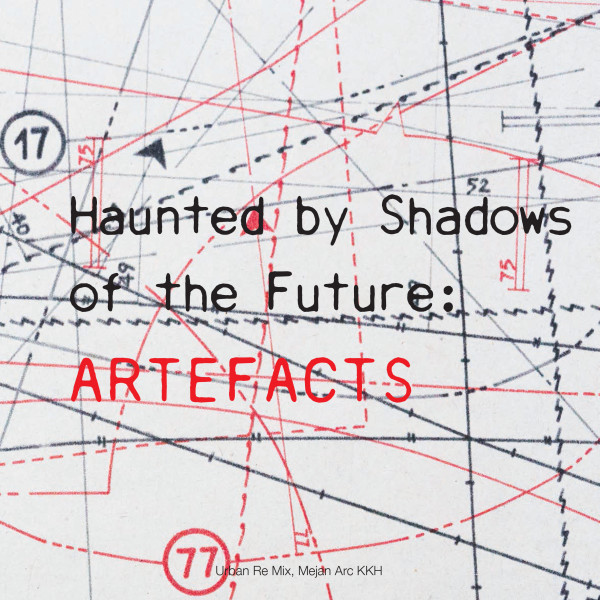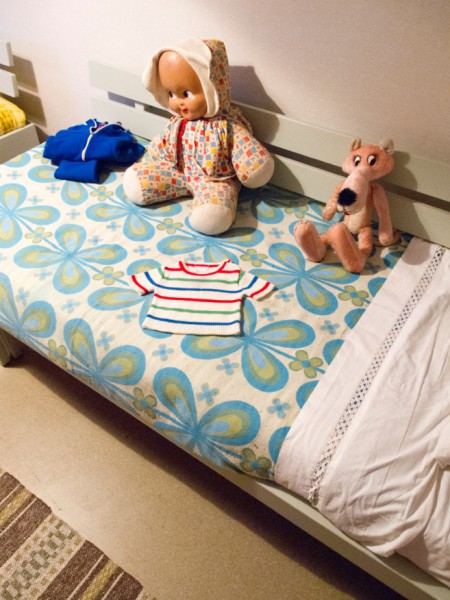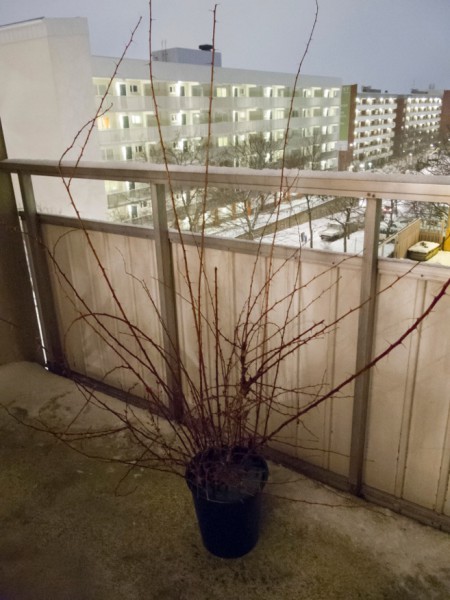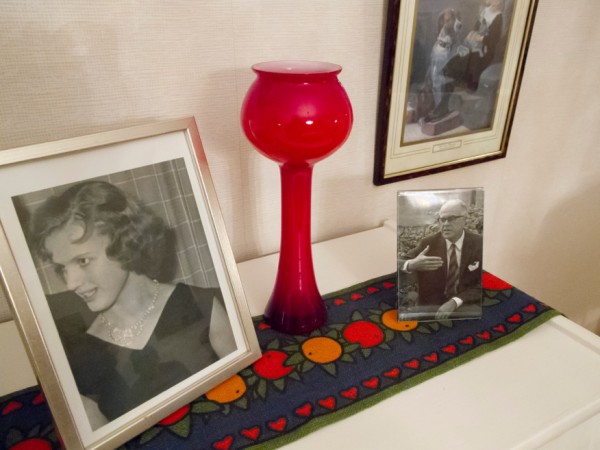Urban Re Mix: Haunted by Shadows of the Future: ARTEFACTS
Haunted by the Shadows of the Future: ARTEFACTS is a collaboration made in the context of Tensta Museum: Reports from New Sweden at Tensta Konsthall and the Urban Re-Mix course at Royal Institute of Art (KKH) in Stockholm. This experimental platform for understanding and engaging issues dealing with residential mass housing, new towns and other modernist utopian projects that were designed in postwar era Sweden and beyond, has been conceived by STEALTH.unlimited (Ana Dzokic and Marc Neelen) and Peter Lang (Professor in Architecture Theory and History, Mejan Arc KKH) and realized together with participants of the Urban Re-Mix course.

a PDF of the Workshop brochure can be downloaded from the Urban Re Mix blog site.
Haunted by the Shadows of the Future: ARTEFACTS identifies objects from the late 1960’s to late 1970’s that have personal or familial relationship with the people and the communities who lived during this era, and that embody a specific sense of belonging, a desire of being part of the modern Swedish society TAKING shape at that time. THE result of this collective search is an assembly of artefacts, customs and domestic tropes, intertwined with rich personal stories and discoveries. These include the briefcase of an insurance salesman, the reel-to-reel tape recorder that captured a popular talk-show’s evening broadcasts, audio of a Somali literary exile, the early launch of plastic toys, vacation slide shows, postcard collections and super 8 films, Pop textile prints and clothing patterns, local green plantings, supermarket anti-consumer campaigns, the revolutionary “du” reform, and other contemporary references, like a Swedish feminist manifesto, a New Town in Teheran and the appearance of mass produced garbage chutes. The City Museum’s model apartment in Tensta, located at Kämpingebacken 13, serves here as a time capsule that unfolds an entire universe behind these UTMOST everyday objects.

City Museum Apartment Tensta, “Blavitt” Installation, Heather Jones, Children’s bedroom.
Haunted by the Shadows of the Future: ARTEFACTS is a collaboration made in the context of Tensta Museum: Reports from New Sweden at Tensta Konsthall and the Urban Re-Mix course at Royal Institute of Art (KKH) in Stockholm. This experimental platform for understanding and engaging issues dealing with residential mass housing, new towns and other modernist utopian projects that were designed in postwar era Sweden and beyond, has been conceived by STEALTH.unlimited (Ana Dzokic and Marc Neelen) and Peter Lang (Professor in Architecture Theory and History, Mejan Arc KKH) and realised together with participants of the Urban Re-Mix course – James Barrett, Ing-Gerd Robertson, Barbro Gunmar, Antonie Maria Grahamsdaughter, Martin Hedenstrom Ljung, Heather Jones, Adam Lundberg, Emelie Saltas, Helene Schmitz, Adela Zyto, Gary Zhang, Mohammad Hossein Abbasi.

City Museum Apartment, Tensta. “Barberry” Installation, Terrace. Helene Schmitz
ACKNOWLEDGMENTS:
Haunted by the Shadows of the Future: ARTEFACTS is an experimental initiative developed for the newly introduced Architecture Theory and History Course at Mejan Arc, The Royal Institute of Art (KKH) in Stockholm. Its objective is to bring professional practitioners, institutions and course participants together in an exploration that challenges the standard cultural practices shaping today’s urban environments.
Course blogsite: http://urbanremix1314.wordpress.com/

City Museum Apartment, Tensta. “Du-Reformen” Photo Installation, living room. Adam Lundberg
We would like to thank everyone who has helped make this an exiting process. Maria Lind, director of the Tensta Konsthall, for her help and expertise in guiding us through Tensta, as well as making available the facilities and Konsthall’s dedicated staff – Ulrika Flink, Hanna Svensson, Emily Fahlen, Paulina Sokolow and others. They brought us in touch with Anna-Greta Leijon and Lennart Svensson, whose first hand stories took us back to the high-days of Swedish social democracy and inspired group’s discussions. While Andres Kurg (Institute of Art History, Estonian Academy of Arts, Tallinn) and David Grahame Shane (author of Recombinant Urbanism) brought input critical to expanding our understanding of Swedish New Towns and their influence abroad. And Filippa Stålhane and Tor Lindstrand, who stepped in to co-organize a special evening between Architecture school at KTH and KKH.

